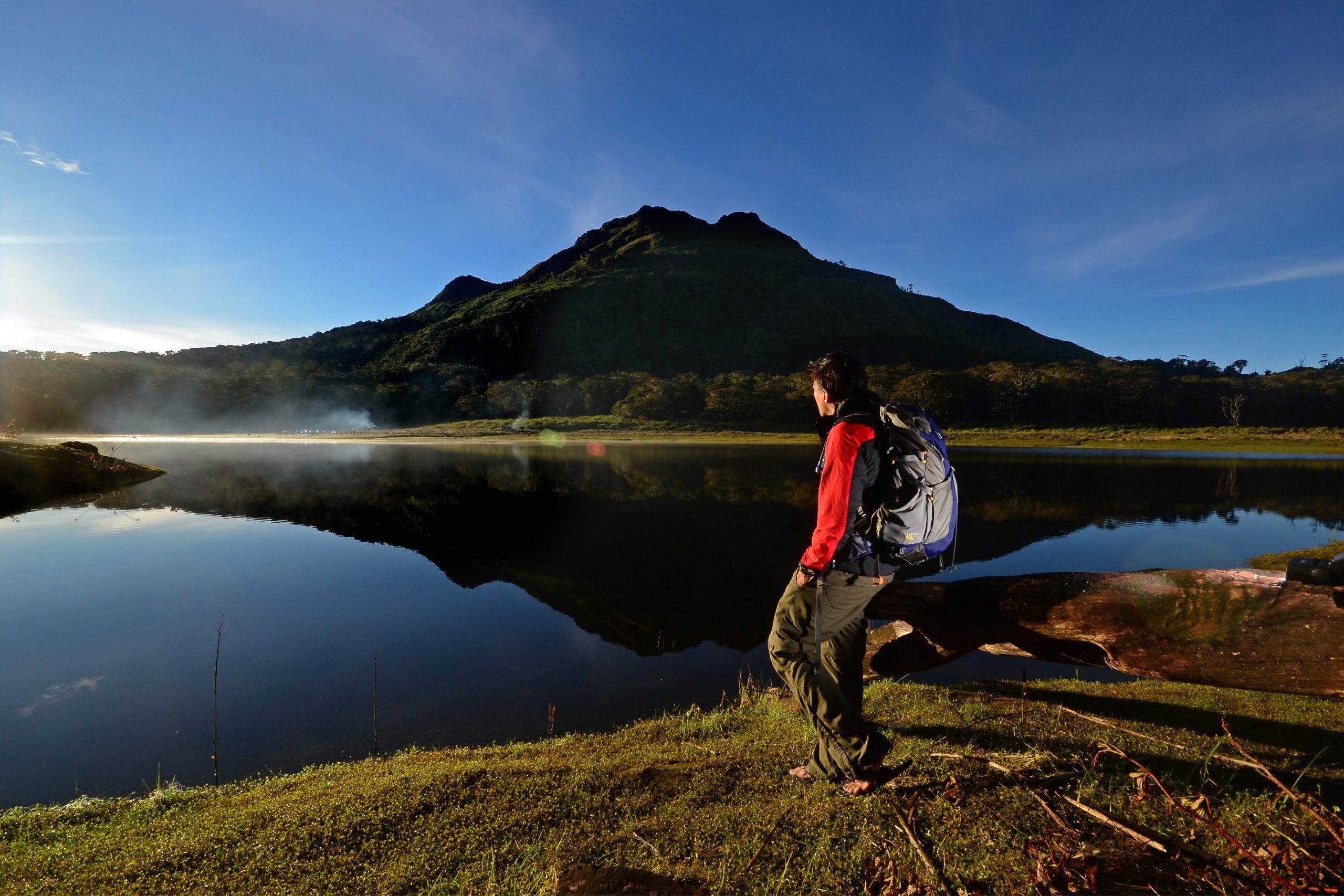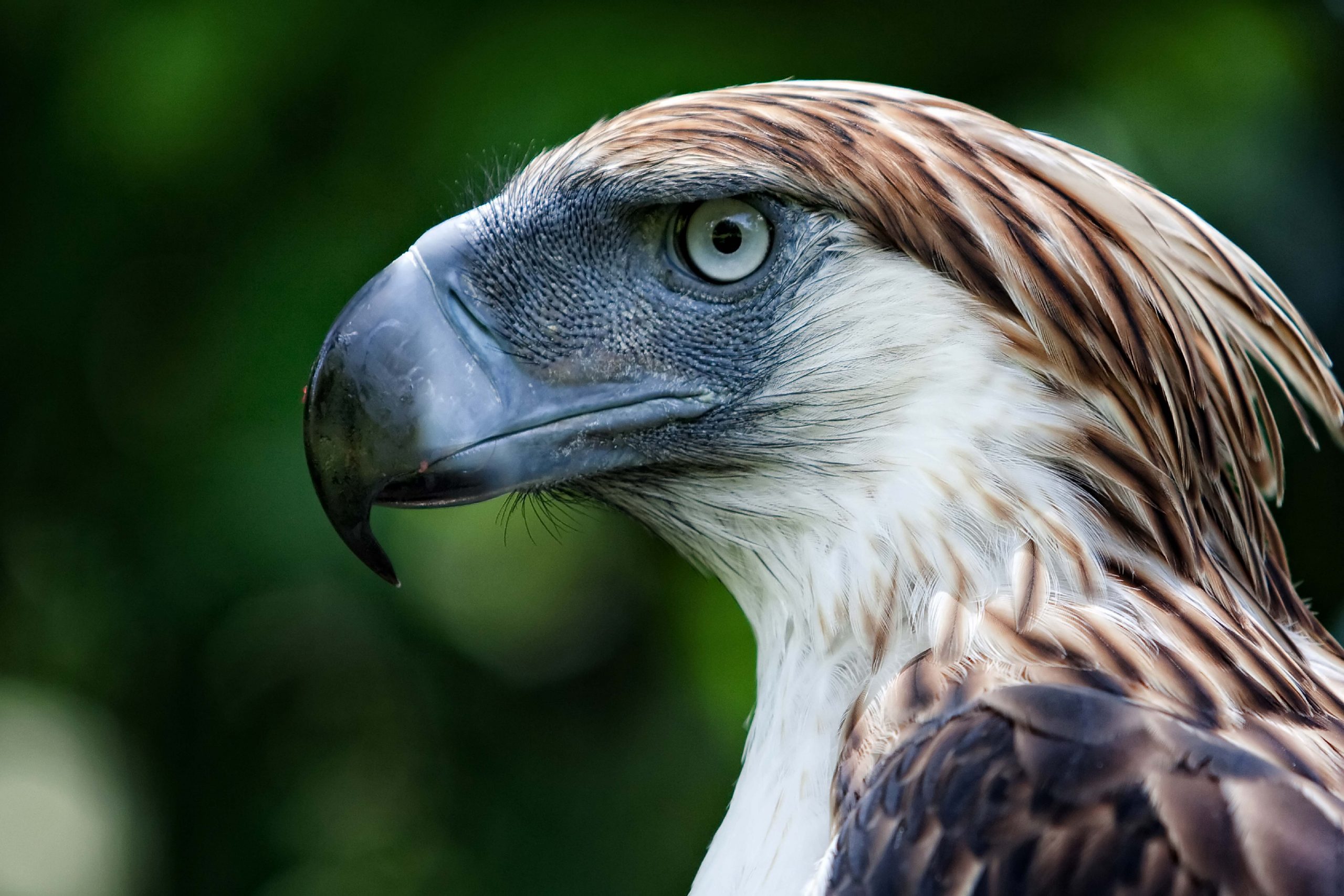davao


SAMAL ISLAND / COLAGSING POINT
Samal, officially the Island Garden City of Samal located in province of Davao del Norte, Philippines.
It is made up of Samal Island and the smaller Talikud Island in the Davao Gulf, from the merger of former municipalities of Samal, Babak, and Kaputian. Samal is a part of the Metropolitan Davao area and is two kilometers away from
Davao City, the largest city and the primary economic center of Mindanao.
Colagsing has a hidden paradise of long beach strip with sands like fine powder. At the end of the coastline, there is Colagsing Point, which has a small cave and a jutting rock the shape of head with a face like that of The Grinch. They call it “Lungag Bato” (Cave Rock).
SAMAL ISLAND / COLAGSING POINT
Samal, officially the Island Garden City of Samal located in province of Davao del Norte, Philippines.
It is made up of Samal Island and the smaller Talikud Island in the Davao Gulf, from the merger of former municipalities of Samal, Babak, and Kaputian. Samal is a part of the Metropolitan Davao area and is two kilometers away from
Davao City, the largest city and the primary economic center of Mindanao.
Colagsing has a hidden paradise of long beach strip with sands like fine powder. At the end of the coastline, there is Colagsing Point, which has a small cave and a jutting rock the shape of head with a face like that of The Grinch. They call it “Lungag Bato” (Cave Rock).



WHITE WATER RAFTING
There are few adventure travel experiences that compare to river rafting on white water, and Davao offers arguably the best, year-round rafting opportunity in Asia. Less than an hour West of Davao City, in the foothills of the dramatic mountains that rise above Davao, the clear–water rivers cascade and gush with white water over rapids.

WHITE WATER RAFTING
There are few adventure travel experiences that compare to river rafting on white water, and Davao offers arguably the best, year-round rafting opportunity in Asia. Less than an hour West of Davao City, in the foothills of the dramatic mountains that rise above Davao, the clear–water rivers cascade and gush with white water over rapids.

MT. APO
Mount Apo, also known locally as Apo Sandawa, is a large solfataric, dormant stratovolcano on the island of Mindanao, Philippines. With an elevation of 2,954 meters above sea level, it is the highest-mountain in the Philippine Archipelago, Mindanao and 24th-highest peak of an island on Earth.
MT. APO
Mount Apo, also known locally as Apo Sandawa, is a large solfataric, dormant stratovolcano on the island of Mindanao, Philippines. With an elevation of 2,954 meters above sea level, it is the highest-mountain in the Philippine Archipelago, Mindanao and 24th-highest peak of an island on Earth.


Kadayawan Festival
The festival’s name is derived from the Mandaya word “madayaw,” meaning treasured or valuable. The Kadayawan Festival is an annual festival in the city of Davao in the Philippines. The festival is also a celebration of life, a thanksgiving for the gifts of nature, the wealth of culture, the bounties of harvest and serenity of living, held every third week of August, highlighting the 11 tribes of Davao City.

Kadayawan Festival
The festival’s name is derived from the Mandaya word “madayaw,” meaning treasured or valuable. The Kadayawan Festival is an annual festival in the city of Davao in the Philippines. The festival is also a celebration of life, a thanksgiving for the gifts of nature, the wealth of culture, the bounties of harvest and serenity of living, held every third week of August, highlighting the 11 tribes of Davao City.

PHILIPPINE EAGLE
The Philippine eagle (Pithecophaga jefferyi), also known as the monkey-eating eagle or great Philippine eagle, is a critically endangered species of eagle of the family Accipitridae which is endemic to forests in the Philippines. It has brown and white-colored plumage, a shaggy crest, and generally measures 86 to 102 cm (2.82 to 3.35 ft) in length and weighs 4.04 to 8.0 kg (8.9 to 17.6 lb).
The Philippine eagle is considered the largest of the extant eagles in the world in terms of length and wing surface area, with only Steller’s sea eagle and the Harpy eagle being larger in terms of weight and bulk. It has been declared the national bird of the Philippines. The most significant threat to the species is loss of habitat, a result of high levels of deforestation throughout most of its range.
PHILIPPINE EAGLE
The Philippine eagle (Pithecophaga jefferyi), also known as the monkey-eating eagle or great Philippine eagle, is a critically endangered species of eagle of the family Accipitridae which is endemic to forests in the Philippines. It has brown and white-colored plumage, a shaggy crest, and generally measures 86 to 102 cm (2.82 to 3.35 ft) in length and weighs 4.04 to 8.0 kg (8.9 to 17.6 lb).
The Philippine eagle is considered the largest of the extant eagles in the world in terms of length and wing surface area, with only Steller’s sea eagle and the Harpy eagle being larger in terms of weight and bulk. It has been declared the national bird of the Philippines. The most significant threat to the species is loss of habitat, a result of high levels of deforestation throughout most of its range.


WALING-WALING
Queen of Philippine Orchids
Vanda sanderiana is a species of orchid. It is commonly called Waling-waling in the Philippines and is also called Sander’s Vanda, after Henry Frederick Conrad Sander, a noted orchidologist. The orchid is considered to be the “Queen of Philippine flowers” and is worshiped as a diwata by the indigenous Bagobo people.
Vanda sanderiana is endemic to Mindanao in the provinces of Davao, Cotabato, and Zamboanga where it is found on the trunks of dipterocarp trees at elevations below 500 meters. Over-collected, the plant is considered rare in nature. It is often used in hybridization.

WALING-WALING
Queen of Philippine Orchids
Vanda sanderiana is a species of orchid. It is commonly called Waling-waling in the Philippines and is also called Sander’s Vanda, after Henry Frederick Conrad Sander, a noted orchidologist. The orchid is considered to be the “Queen of Philippine flowers” and is worshiped as a diwata by the indigenous Bagobo people.
Vanda sanderiana is endemic to Mindanao in the provinces of Davao, Cotabato, and Zamboanga where it is found on the trunks of dipterocarp trees at elevations below 500 meters. Over-collected, the plant is considered rare in nature. It is often used in hybridization.


